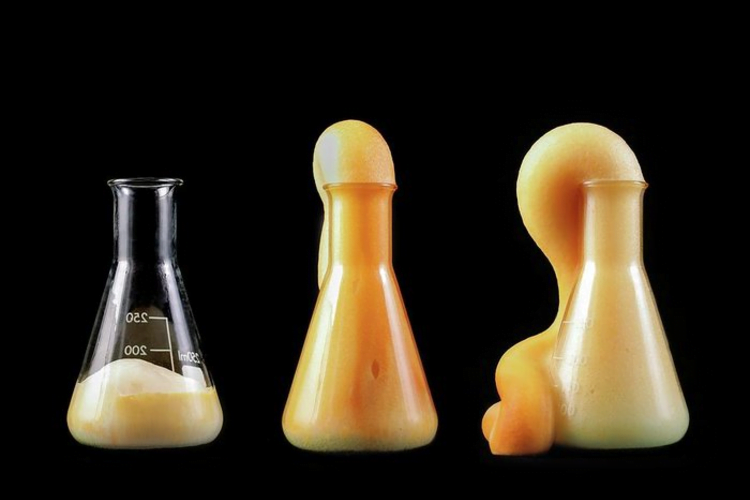We know all of us have that little Einstein inside us. Bring your Einstein out with this Elephant Toothpaste Experiment and wow your friends.
Materials required:-
- A Clean 16 oz. Plastic Bottle
- Liquid Dish Soap
- 1/2 Cup Hydrogen Peroxide
- 1 Tablespoon (one packet) Dry Yeast
- 3 Tablespoons Warm Water
- Food Coloring (optional)
- Small Cup
- Funnel
- Spoon
For the ultimate reaction, which can produce foam that shoots 5 or more feet into the air, you need to use what’s called 20-volume (or 6%) hydrogen peroxide. This peroxide is stronger than what you find at the grocery store. In the U.S. you can find this at hair salons or online.
How to Make Elephant Toothpaste - Begin by squeezing 7-8 drops of food coloring into your empty plastic bottle. This step is completely optional, but the color does make the reaction even more fun to watch.
- Add 1 tablespoon liquid dish soap and swirl the bottle around to mix it with the food coloring.
- In your small cup combine the warm water and yeast together and stir for 30 seconds.
- Use the funnel to quickly pour the yeast mixture into the bottle.
- The reaction will start almost immediately.
- If you use the 6% hydrogen peroxide it can shoot several feet into the air, so be sure to get out of the way quickly.
- elephant toothpaste — erupting science experiment
How Does Elephant Toothpaste Work
Yeast contains an enzyme called Catalase. This enzyme breaks down hydrogen peroxid (H2O2) into oxygen gas and water (H2O).
The oxygen gas gets trapped in bubbles made by the dish soap, producing that fantastic foamy solution that erupts out of the bottle.
Once the foamy explosion is finished, you will notice the bottle and foam are warm to the touch. That’s because the experiment not only causes a chemical reaction that produces the foam, it also causes an exothermic reaction — meaning it produces heat as well.
Always do such experiments in supervision and outside in an open environment with protective gear on.
